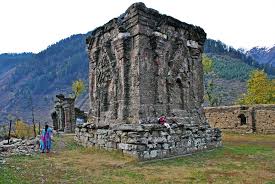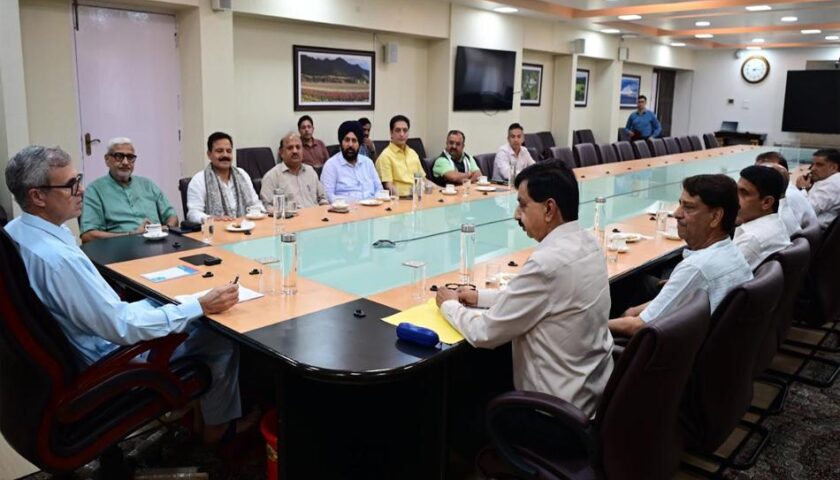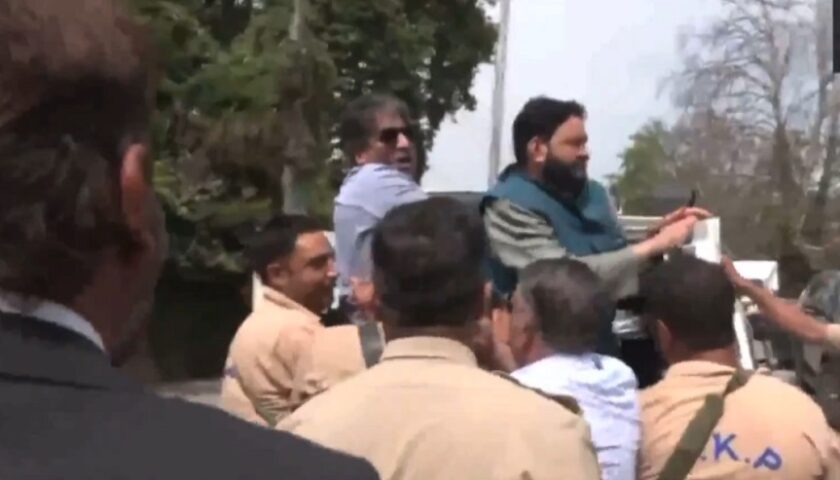Archaeological Survey of India has no policy to restore monuments on verge of destruction
 These temples witnessed the rise and fall of several kings and dynasties over the centuries and survived the ravages of time and religious zealots who tried to destroy them.
These temples witnessed the rise and fall of several kings and dynasties over the centuries and survived the ravages of time and religious zealots who tried to destroy them.
But now, some of these ancient temples in the Kashmir valley may not survive as the Archaeological Survey of India (ASI) has no specific policy to reconstruct and restore these splendid architectural marvels.
Displaced Kashmiri Pandits are watching helplessly as the ancient heritage turns into ruins due to apathy of the authorities, encroachment on land and vandalism despite being declared as Centrally protected monuments.
Spread across the length and breadth of the Valley, they demonstrate a distinct architectural style compared to temple architecture in other parts of India.
These temples have not seen any major restoration work by the ASI, which maintains several historical sites.
The ruins of temples at Payar, Martand, Buniyar, Laduv, Avantisvara, Avantiswami, Naranag and Narasthan are under the ASI, but no major restoration work has been carried out so far.
Dr Praveen Mishra, Superintending Archaeologist, said the restoration policy stated that the ASI could not rebuild or restore an ancient site without having evidence of what it looked like.
“Our priority is to prevent further degradation and proper funds are provided for it. Rebuilding these structures is a complex process,” he said.
Without help from the ASI, ruins of excellent specimens of the Kashmir style of architecture, blending the Gandhara, Gupta, Chinese, Roman, Syrian-Byzantine and Greek forms of architecture, are getting further degraded and can only be preserved by experts.
“The ASI manages several shrines, but only cosmetic measures have been undertaken,” said Vinod Pandit, chairman of the All Party Migrant Coordination Committee.
“It is not using experts to reconstruct the ruins, as in other parts of the country. The famous Sun temple in Anantnag and Naranag complex in Ganderbal district are examples of apathy,” he said.
The Pandit community has been claiming that encroachment by the majority community with active help of fundamentalists started after 1947, when Maharaja Hari Singh abdicated the throne. They say targeted destruction of temples in Kashmir started in 1986 when riots erupted in Anantnag district.
Though the Jammu and Kashmir Government admitted that 208 temples had suffered damage during the past two decades of insurgency, the figure did not include ancient structures.
Mobs vandalised a number of temples and houses of the minority community after the eruption of militancy in 1990. A number of temples and ‘’dharamshalas’’ were burnt by rampaging mobs during various shutdowns and anti-India protests.






